These Countries Are at High Risk of a Serious Economic Crisis

These Countries Are at High Risk of a Serious Economic Crisis
A record number of poor countries are presently in severe situations, as seen by a dollar that is rampant and at a two-decade high.
Fears of an economic slump, an out-of-control dollar at a two-decade high, and depleted foreign exchange reserves have all led to a record number of developing countries being in serious situations right now.
As a result of multiple nations displaying economic malaise comparable to Sri Lanka, including traditional debt problems, signs of falling currencies, 1,000 basis point bond spreads, and FX reserves, Reuters reports that a record number of developing nations are presently in difficulties.
Rising borrowing costs, inflation, and debt all contribute to fears of an economic collapse. According to analysis, Belarus is on the verge of defaulting on its debt, and at least a dozen additional countries—including Belarus, Russia, Suriname, Zambia, Sri Lanka, Lebanon, and Russia—are also in default.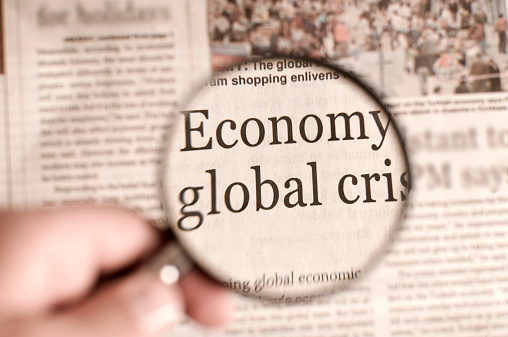)
The whole cost is astounding. Analysts use a pain threshold of 1,000 basis points in bond spreads to determine that $400 billion in debt is at danger. With about $150 billion, Argentina is the largest, followed by Ecuador and Egypt, each with between $40 and $45 billion.
The only currencies that have appreciated versus the dollar this year are the Russian rouble and the Brazilian real, which many market analysts attribute to capital controls.
Investors are wondering how long the dollar rally will endure, although many are holding off on being dollar negative until after that. The dollar has climbed by about 13% this year when measured against a basket of peers, hitting a two-decade high.
Thanks to a hawkish Federal Reserve and investors seeking security from the shaky global economy, it is likewise on course to have its best year since 1997.
The nation with the highest rate of sovereign defaults seems certain to raise its total. The peso is already trading at a near 50% discount on the black market, reserves are at an all-time low, and bonds are currently only worth 20 cents on the dollar, or around 50% of their value after the country’s post-2020 debt restructuring.
Even though there won’t be much debt for the government to pay off until 2024, it will start to accumulate, and there are growing concerns that powerful vice president Cristina Fernandez de Kirchner may try to persuade the sovereign to violate its pledge to the International Monetary Fund.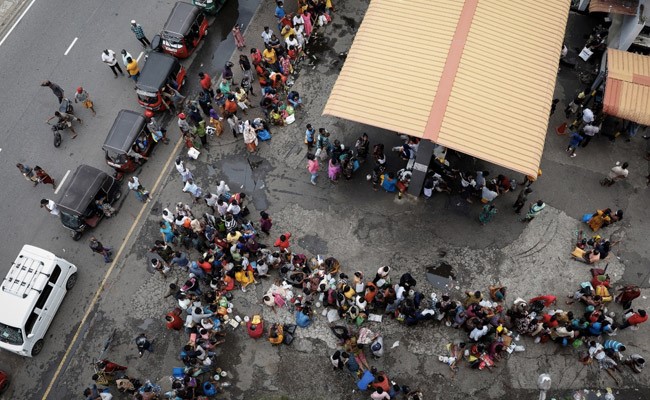)
Belarus
Belarus is now vulnerable to the same severe sanctions that drove Russia into default last month despite having sided with Moscow throughout the Ukraine conflict.
Ecuador
Only two years after entering debt, the Latin American country is now in chaos as a result of violent demonstrations and a coup attempt against President Guillermo Lasso.
Because the government is subsidizing food and gasoline, JPMorgan has raised its forecast for the public sector budget deficit to 2.4% of GDP this year and 2.1% of GDP next year due to the country’s high debt. Bond spreads have topped 1,500 basis points.
Egypt
Egypt has had one of the greatest outflows of foreign capital this year, JPMorgan estimates, totaling around $11 billion, with a debt-to-GDP ratio of nearly 95%. According to money management firm FIM Partners, Egypt will have to pay $100 billion in hard currency debt over the next five years, including a sizable $3.3 billion bond in 2024.
Cairo depreciated the pound by 15% and asked the IMF for help in March. However, since then, bond gaps have increased to over 1,200 basis points, and credit default swaps (CDS), a tool used by investors to manage risk, now take a 55% likelihood that Cairo will miss a payment into account.
However, the IMF or bilateral agreements, largely in the Gulf, would get approximately half of the $100 billion Egypt must pay by 2027, according to Francesc Balcells, CIO of EM debt at FIM Partners. Under normal conditions, Egypt “should be able to pay,” he noted.
El Salvador
As soon as bitcoin became legal money and the IMF’s aspirations were dashed, trust levels fell. The trust of investors has deteriorated to the point that an $800 million bond with a six-month maturity trades at a 30% discount and longer-term bonds at a 70% discount.
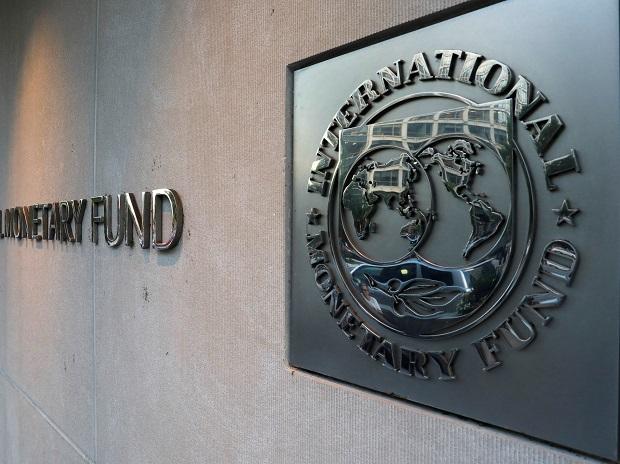
Ethiopia
Ethiopia is a financial powerhouse in Eastern Africa and has recently seen significant economic growth. The capital city, Addis Abeba, is one of the richest in the world and is listed as the ninth richest city in Africa.
However, Addis Abeba, however, will be among the first countries to benefit from debt reduction under the G20 Common Framework initiative. Although the protracted civil conflict in the nation has hindered development, it is nonetheless making interest payments on its sole $1 billion international bond.
Ghana
The debt to GDP ratio in Ghana has increased to about 85% as a result of irrational borrowing. Its currency, the cedi, has lost approximately a quarter of its value this year, and it has already spent more than half of its tax revenue on debt interest payments. In addition, inflation has increased by 30%.
Kenya
Kenyan income is utilized to pay interest on borrowing to the tune of 30%. This scenario is significant since it means it now has no access to the capital markets and has debts with a 2024 maturity date worth more than $500 million.
Regarding Kenya, Egypt, Tunisia, and Ghana, Moody’s David Rogovic stated, “These governments are the most susceptible simply owing to the quantity of debt coming due relative to reserves, and the fiscal challenges in terms of stabilizing debt burdens.”
Nigeria
Currently, the Nigerian bonds’ spread is a little over 1,000 basis points. However, the nation’s reserves, which have been gradually growing since June, should more than adequately cover the next $500 million in bond payments over the course of a year. However, debt servicing consumes over 30% of the government’s revenue.
I think many of these risks are being overpriced by the market, according to Brett Diment, head of emerging market debt at the investment company ABRDN.
Pakistan
Pakistan and the IMF secured a significant deal last week. The finding couldn’t have happened at a better time since the country is at risk of going through a balance of payments crisis due to rising energy import costs.
Only $9.8 billion worth of foreign exchange reserves are left in the nation, hardly enough to cover imports for five weeks. The dollar’s rise will cause further suffering for the Pakistani rupee, which has fallen to historic lows. Spending cuts are now urgently needed since the new administration spends 40% of its revenue on interest payments.
Tunisia
Several African countries have applied to the IMF, but Tunisia seems to be one of the most at risk. The nation’s powerful, obstinate labor union and President Kais Saied’s efforts to maintain his hold on power are to blame for the country’s over 10% budget deficit and one of the highest public sector salary costs in the world. There are concerns that obtaining or maintaining an IMF programme may be challenging.
Morgan Stanley now ranks Tunisia, with El Salvador, and Ukraine as the top three most likely defaulters, with the premium investors are willing to pay to buy Tunisian debt over US bonds reaching about 2,800 basis points. According to Marouan Abassi, the director of Tunisia’s central bank, it is now vital to reach a deal with the IMF.
Ukraine
The value of the Ukrainian hryvnia relative to the dollar has decreased by more than 5%. Major investors like Morgan Stanley and Amundi warn that Ukraine will almost certainly need to restructure its $20 billion or more in debt as a result of Russia’s incursion.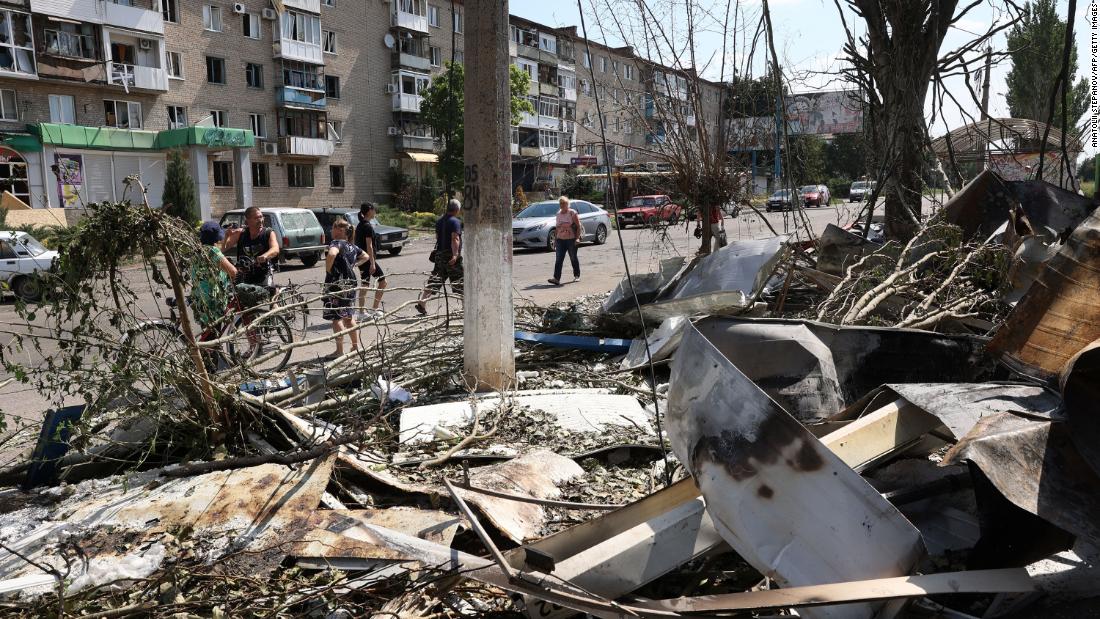
The deadline comes in September, when $1.2 billion in bond payments are due. Reserves and assistance funds may enable Kyiv to make payments. However, in light of state-run Naftogaz’s proposal for a two-year debt moratorium this week, investors think the government will do the same.
IMF Chief: Sri Lanka’s Economic Crisis Is a Warning to Other Debt-Heavy Nations
Kristalina Georgieva, the head of the IMF, used the extraordinary crisis in Sri Lanka to caution other nations that they may experience a similar catastrophe. Kristalina Georgieva, the head of the International Monetary Fund (IMF), has used the example of Sri Lanka’s exceptional economic crisis to caution other nations that they may possibly experience a similar circumstance given their high debt levels and constrained policy options.
The situation has dramatically worsened, and there is a great deal of uncertainty. The IMF has previously issued warnings about potential downside risks, which have now come to pass. At the G20 Finance Ministers and Central Bank Governors meeting in Indonesia, Kristalina Georgieva, the managing director of the International Monetary Fund, made the statement.
“High debt burdens and constrained policy options will put further pressure on such nations.” As a red flag, look no further than Sri Lanka, “said Ms. Georgieva on Saturday.
The IMF MD’s remarks come at a time when Sri Lanka is experiencing its most severe economic crisis and finds itself in a difficult situation where it is unable to pay for imports of gasoline, food, and medication because of a severe FX issue.
In mid-April, the government declared bankruptcy by not paying its foreign debt. Last week, President Gotabaya Rajapaksa was removed from office as a result of his mishandling of the economy.
According to Ms. Georgieva, developing countries have also been seeing consistent capital outflows for the past four months, endangering their hopes of catching up to rich economies. She did not identify any countries specifically, but other economies in the area have been impacted by the same global challenges, including increasing inflation and interest rates, falling currencies, high levels of debt, and declining foreign currency reserves, according to the BBC.
Pakistan is one of the countries that has been dealing with a weak economy for a while. Since the government stopped providing gasoline subsidies at the end of May, fuel costs in Pakistan have increased by around 90%. According to the article, as it talks with the IMF to renew a bailout program, it is attempting to control expenditure.
The rising cost of commodities is having a negative impact on the economy. The annual inflation rate reached 21.3% in June, which is the highest level in 13 years, according to the data. Bangladesh and the Maldives are two countries that might experience an economic catastrophe if things are not stabilized.
The governmental debt of the Maldives has increased in recent years and is currently significantly more than its GDP. Similar to Sri Lanka, the Maldives’ heavily dependent on tourist economy was devastated by the epidemic.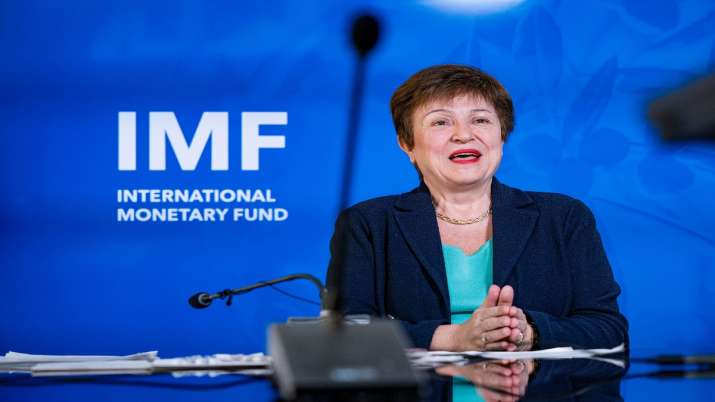
On the other hand, according to the research, inflation in Bangladesh reached a record-breaking 8.4% in May. The government has reacted quickly to reduce non-essential imports as reserves are running low, loosening regulations to encourage remittances from millions of migrants living abroad and limiting official travel abroad, according to the article.




